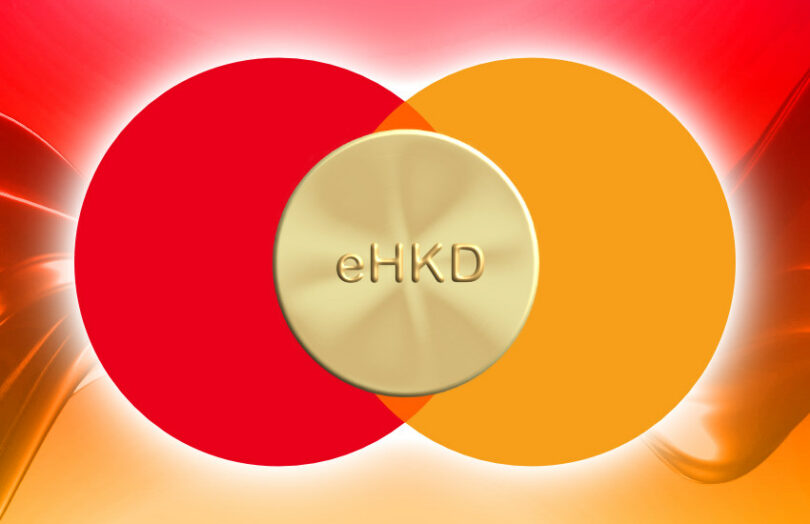Mastercard recently ran one of the 12 Hong Kong central bank digital currency (CBDC) pilots. Its eHKD use case involved the purchase of luxury goods using the eHKD, with an associated web3 NFT which provided a certificate of authenticity for the item. Additionally, the test demonstrated conditional payment so the NFT and funds were only released on delivery of the item.
Apart from the CBDC, this particular use case is already quite commonplace. Two high profile luxury solutions provide similar web3 certificates. They include Arianee which boasts Richemont, Lacoste and Yves Saint Laurent as users. And the AURA Blockchain Consortium was founded by LVMH, Prada Group, Cartier and Diesel owner OTB.
Mastercard deployed multiple solutions for the CBDC pilot. Its Mastercard CBDC sandbox was used to mint, distribute and redeem the CBDC. And its Multi-Token Network adds a compliant overlay onto existing blockchains, making it safer for institutions such as banks to participate in permissionless networks.
“What’s exciting about this pilot is that it demonstrated the ability to use digital currencies across multiple platforms, as well as the potential to utilize existing commercial bank rails to drive overall adoption,” said Sandeep Malhotra, EVP products & innovation, Asia Pacific at Mastercard.
As part of its trial, Mastercard ran a short survey in Hong Kong, selecting respondents who have existing web3 experience – all were digital asset owners. Two thirds said they would use an eHKD for web3 transactions. There was a strong preference for the CBDC (71%) compared to a stablecoin (29%). When tokenized deposits were compared to eHKD, the stance was neutral.

Mastercard also recently shared the results of its Australian CBDC trial.






